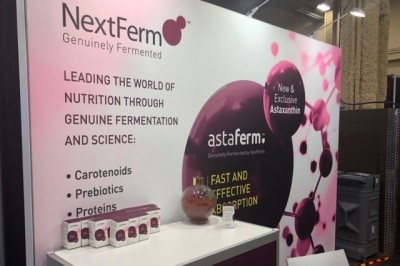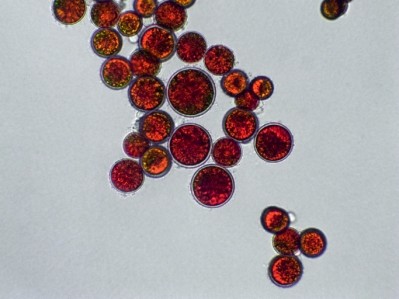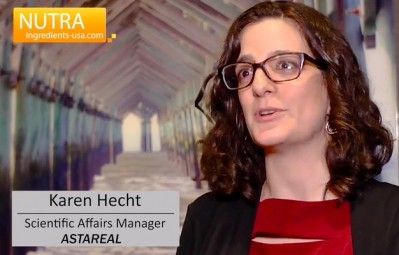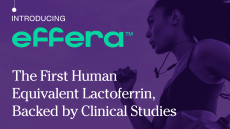Israeli startup debuts astaxanthin from yeast for human consumption
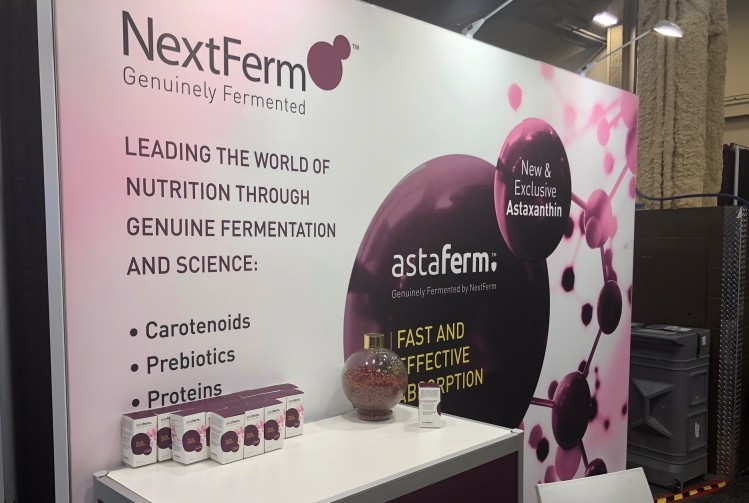
The ‘new’ source is one that has been known for a long time: Phaffia yeast (Phaffia rhodozyma). The yeast was first isolated by Hermann Pfaff of the University of California Davis in the 1960s.
But NextFerm’s vice president of global marketing Elzaphan Hotam said he believes his startup company is the first to bring the ingredient to market from this source for human consumption. The astaxanthin produced in this way in the past has been devoted to the aquaculture feed markets, where is acts primarily as a colorant for the flesh of farmed salmon and trout.
Deep talent pool
Hotam said NextFerm was born out of the fertile Israeli entrepreneurial startup subculture. Many of the company officers and employees were part of another startup that went big—lipids specialist Enzymotec, which was acquired last year by Israeli ingredients firm Frutarom.
“NextFerm marries a cutting edge technology with a wonderful group of individuals in relevant fields,” Hotam told NutraIngredients-USA. “We took a small company up to an IPO, and we want to do that again.”
“You can add in to that ambition our expertise in fermentation, and a suite of non GMO techniques for yeast enhancement,” he said.
NextFerm has cooperated with Lallemand in the past on a fermentation-based biofuels project, and Hotam said some of the same expertise has been brought to bear on the astaxanthin effort. Promising strains of the yeast that express the highest levels of the carotenoid are identified and cultured to boost the productivity of the overall fermentate.
Differences in astaxanthin forms
Phaffia-derived astaxanthin does have a stereoisomeric difference form the astaxanthin produced by the algae Haematococcus pluvialis, which is the most common form of the ingredient on the market.
Research conducted on a model organism, C. elegans, has identified different antioxidant potentials between algae, yeast and synthetic forms of astaxanthin. But the authors of that 2016 study noted that all three significantly prolonged the worms’ short life span under induced oxidative stress.
And Hotam said Phaffia-derived astaxanthin has an advantage all its own. It produces the carotenoid in a free, non-esterified form, which NextFerm claims boosts its uptake in the body.
“We believe that provides fast and efficient absorption. The other crucial element is the technology we impose on the fermentation process for extraction and purification. We can produce 10% beadlets with not fishy odor or flavor that will be appropriate for tablets and gummies,” Hotam said.
Hotam said that the NextFerm team’s mastery of the fermentation process will enable the company to achieve significant process efficiencies for its ingredient, branded as AstaFerm.
“It’s well known that fermentation is a very efficient process. We can control everything in a closed tank. We believe our ingredient will be cost competitive, especially with astaxanthin from algae that is grown in open ponds,” he said.
